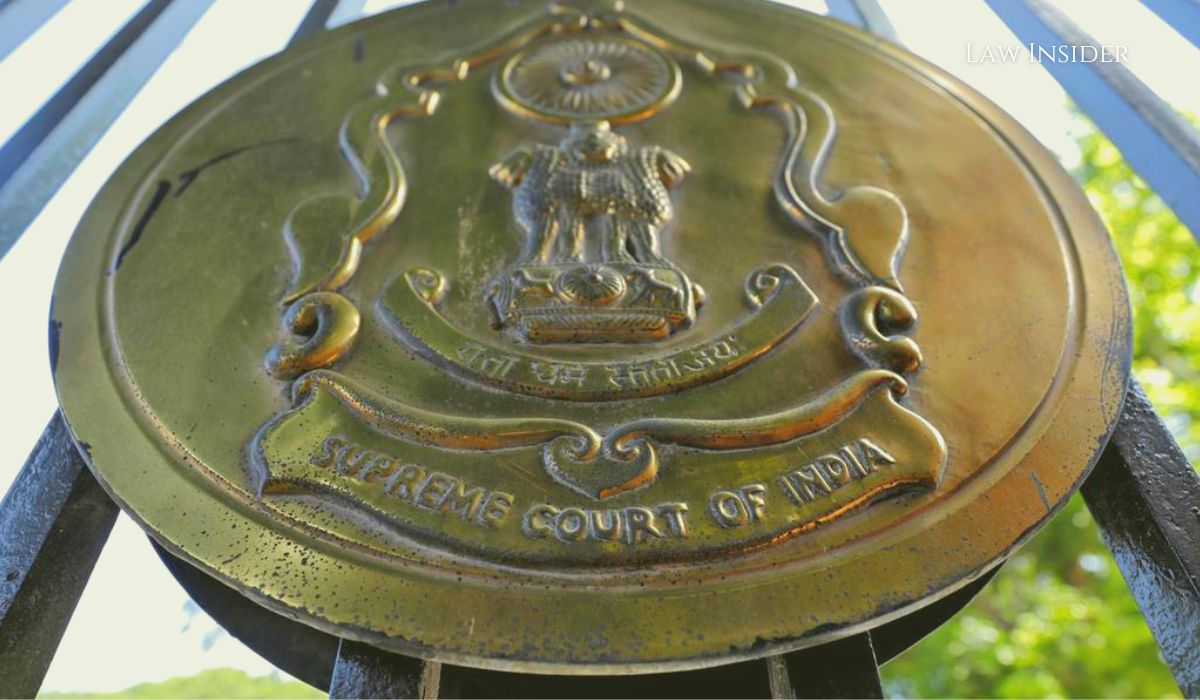Published on: April 27, 2024 20:11 IST
Hon’ble Supreme Court, in its recent verdict on April 26, has upheld the use of Electronic Voting Machines (EVMs) in Indian elections, refusing to revive the paper ballot system. The ruling, delivered on the day of the second phase of polling for the Lok Sabha elections, comes as a significant development in the ongoing discourse surrounding the integrity of the electoral process.
In a comprehensive judgment pronounced by a Bench of Justices Sanjiv Khanna and Dipankar Datta, the Court reaffirmed its faith in the integrity of the electoral system while acknowledging the importance of addressing concerns raised by petitioners. Here, we delve into the key takeaways from the verdict and analyze its implications.
Judicial Precedents and Electoral Safeguards
The Court, while referring to past judicial precedents, emphasized the absence of substantial evidence to doubt the current polling system, particularly after the incorporation of Voter Verifiable Paper Audit Trail (VVPAT) machines. It highlighted the significance of a paper trail in ensuring free and fair elections, as established in the landmark case of Subramanian Swamy v. Election Commission of India in 2013.
Moreover, the Court underscored the need for continuous review of safeguards in the electoral process. It acknowledged the challenges posed by suspicions and doubts without concrete evidence, advocating for a balanced approach towards electoral integrity.
Addressing Claims of EVM Tampering
Justice Khanna, in his opinion, debunked claims of EVM tampering, citing the robust security measures implemented in the machines. He elucidated on the technical aspects of EVM functioning, highlighting features like the Unauthorised Access Detection Mechanism (UADM) and the one-time programmable microcontroller chips that ensure tamper resistance.
The judges dismissed assertions regarding the reprogrammability of EVM microprocessors, emphasizing the unfounded nature of such claims. They also noted the absence of discrepancies between VVPAT slips and electronic counts in the vast majority of cases, further bolstering confidence in the electoral process.
Challenges of 100% Cross-Verification
While acknowledging voters’ rights to ensure the accuracy of their votes, the Court declined the petitioners’ demand for 100% cross-verification of EVM votes with VVPAT slips. Justice Datta reasoned that such extensive verification would not only delay poll results but also pose logistical challenges and increase the potential for human errors.
The judges emphasized the existing safeguards, including the seven-second visibility of VVPAT slips for voters and random verification in selected polling booths, as sufficient measures to ensure the integrity of the process. They cautioned against impractical demands that could undermine the efficiency of the electoral system.
Defending EVMs Over Paper Ballots
In response to suggestions advocating a return to the paper ballot system, the Court asserted the inherent weaknesses of paper ballots, citing logistical challenges and susceptibility to fraud. Justice Khanna highlighted the advantages of EVMs in mitigating issues like booth capturing, invalid votes, and administrative convenience.
The Court’s stance reaffirmed the efficacy of EVMs in modernizing the electoral process and emphasized the need to resist regressive calls for reverting to outdated voting mechanisms.
Implications for Electoral Reforms
The judgment, while rejecting the petitioners’ demands for sweeping changes, issued specific directions to strengthen post-poll procedures. Notably, the Court ordered the inclusion of Symbol Loading Units (SLUs) in the storage of election materials and permitted candidates to seek verification of EVM semicontrollers in a certain percentage of machines.
These directives aim to enhance transparency and accountability in the electoral process while maintaining the efficiency of EVMs. The Court’s nuanced approach strikes a balance between addressing concerns and safeguarding the integrity of elections.
Conclusion: Upholding Electoral Integrity
The Supreme Court’s verdict on EVMs underscores the judiciary’s commitment to upholding the integrity of the electoral process. While dismissing unfounded claims of tampering, the Court has issued pragmatic directives to strengthen safeguards and ensure transparency.
As India continues to evolve its electoral framework, the Court’s ruling serves as a testament to the resilience of democratic institutions and the imperative of adapting to technological advancements while safeguarding electoral integrity.

